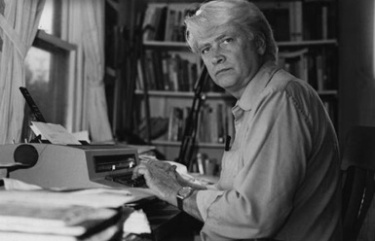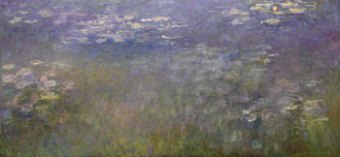I’ve gained most of my knowledge (what it is) not through histories, biographies, or other nonfiction works — but through what the professors call “world literature.” I’ve never read a complete biography of Napoleon, but have read his extensive depiction in War & Peace.
Yes, I’ll admit, most of my understanding of the world comes from literature, starting with Shakespeare and Dickens — and then moving around the globe. These writing hero/heroine guides are too numerous to mention, but I will applaud the literature of Great Britain, Ireland, Europe, Russia, China, Japan, Australia, Africa, South America, Latin America, Canada, India, and many other places not specifically mentioned.
All this is a preamble to my thoughts on The White Tiger, a novel set in India, by Arivind Adiga. First off, I’ll say this is one of the best novels I’ve ever read (hands down). Why do I love it? The book has all the components that, for me, make a work fascinating — unique voice, compelling main character, exotic location, an inside look at a subculture (taxi drivers in India), and an intriguing mystery.
Yesterday, I read an article on another blog about literary mashups (a woman had written an Oscar Wilde mashup called Fifty Shades of Dorian Gray). While I can’t say that most of the current mashups on the market appeal to me (you know, the ones that feature zombies, vampires, et al), I do love genre crossovers: Magic realism detective novels (Wind-up Bird Chronicle by Haruki Murakami), science-fiction/comedy/war stories (Slaughterhouse-Five by Kurt Vonnegut), and sci-fi-alternate histories (The Man in the High Castle by Philip K. Dick).
All this leads me to another reason why I admire and adore The White Tiger by Aravind Adiga — it reminds me of Dostoyevsky meets Vonnegut meets Hamsun, while remaining totally original. The novel isn’t a mashup (which to me reads “ripoff”) but an homage to great world literature.
Hats off to young Mr. Adiga (born in 1974) who in 2008 won the prestigious Booker Prize for The White Tiger. (The novel is available at Amazon.com, where copies are on sale for just 1 cent plus shipping!)
To get a “free” flavor for Adiga’s masterful writing, check out his short story “The Elephant” in the New Yorker at this link.
Photo: Aravind Adiga winning the 2008 Booker Prize for The White Tiger.














